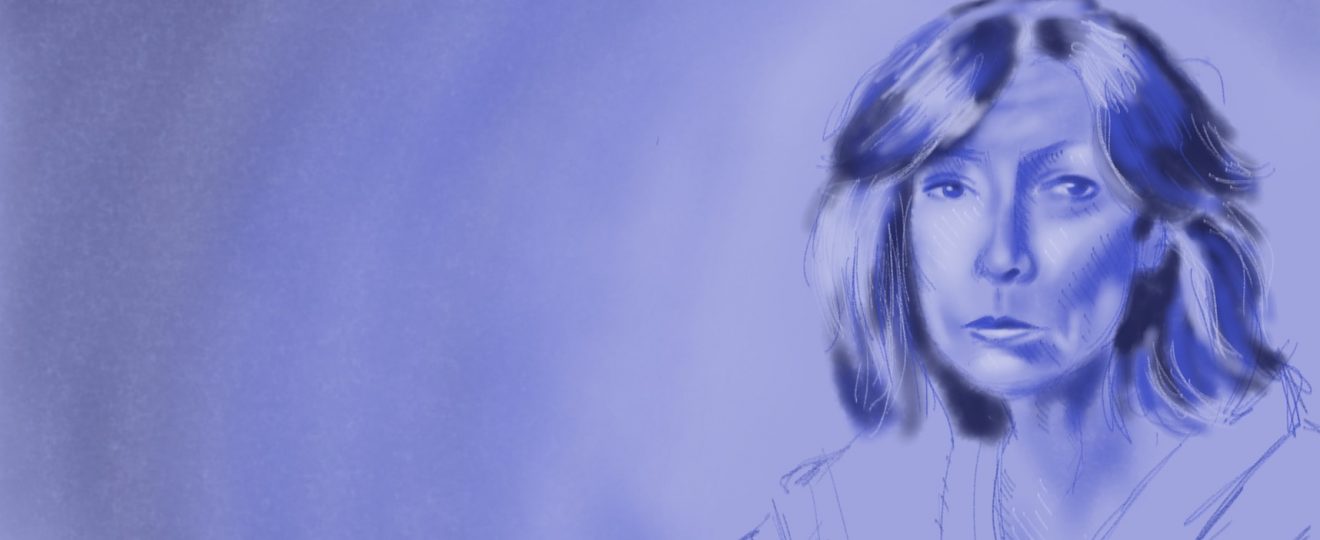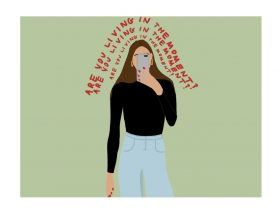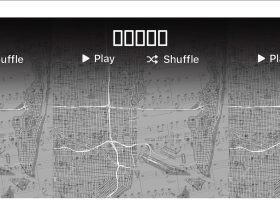Virginia Woolf, in her writing on The Modern Essay, declared in praise of Beerbohm that he has triumphed, for ‘He has brought personality into literature’, something she finds is testament of a writer’s skill, ‘for it is only by knowing how to write that you can make use in literature of your self, that self which, while it is essential to literature, it is also its most dangerous antagonist’. Here Woolf emphasises the necessity of the careful balance of conveying the world through a uniquely tinted lens of personality without character domineering and rendering the fragile façade of the illusory reality farcical. The ultimate paradox of the personal essay is that it is at once intensely one-sided and peculiar, yet depicts the universal, something everyone encounters and through this use of a common meeting place on the page, suggests an entirely non-existent objectivity of opinion.
The essay is a long-established form and one uniquely suited for personal musing, whether pensive or sharply satirical. It requires a condensation of thought through the essential brevity of its form. One can only tolerate personal musings for so long before the stream becomes a river to drown in and it resembles those encounters with acquaintances and old school friends who in conversation only ever seem to relate everything to themselves. The personal essay should never be wholly confined to the personal, its appeal lies in its mutability and its metamorphosis over the years to accommodate a wide range of themes and an even wider expanse of voices.
It has age-old precedent, from Montaigne’s first wanderings through subjectivity, the essay, once a marginal form, difficult to define as tragic, comic etc, has undeniably grown in strength throughout the centuries. Indeed it feels like, from the 18th century onwards, cities were filled with identically radical avant-garde thinkers penning protestations with ink-smeared flourishes. It also benefited from the establishment of the press and the addition of the railway to the everyday imposition of the 19th-century commute, which helped to create the completely correct conditions for the small sampling of someone else’s soliloquies passed off as sophisticated renditions of culture.
At some point, maybe around the 1950s, I have to admit I’m uncertain, it became a women’s realm. Writing for women has long been a personal act. Letter writing, for example, is the clearest example we have of women’s skill of writing in previous centuries where the profession was denied, societally suitable wit and conveyances of best wishes and news of every day that reveal those who could have, in other circumstances, been writers. Perhaps, initially this was because the essay is essentially one of the less time-consuming acts of writing that can be more easily maneuvered around the obligations of housework. Or it could be because women have long been associated with the subjective and the world of the personal has been deemed a fitting topic for the feminine sex, for naturally what else could we know? This is an assumption utterly subverted through the writings of women essayists. Elizabeth Hardwick’s essays, for example, are a complete revelation to read. Her work, alongside renditions of contemporary existence, is primarily focused on fiction and the act of writing itself, through her words it is impossible to ignore the vast lore of learning and reading that lie behind them and the sharp intelligence that crafts them. Similarly, Susan Sontag, Joan Didion and Rebecca Solnit are all examples of female writers who write about so much more, and even in their reflections on their role or identity as women, protest against the very restrictions imposed by the expectations of what it is to be a mother or a wife. Sontag wrote and redefined conceptions of art and culture whilst Didion presented the underbelly of Sixties bliss to great success. Solnit discusses feminism in ‘Men Explain things to Me’, published in 2014. These were (or in the case of Solnit, are) women who found fame and fortune through the work of their pen and made the personal political.
It is undeniable that today the personal essay is still a form favoured by women. Rachel Cusk’s stark clear fiction with its minimalist atmosphere even has elements of the personal essay in it through how it feels to closely follow the contours of her own life, something she has herself explored in her non-fiction as well. Dolly Alderton’s ‘Everything I Know About Love’, was released in 2018 and her fellow host of ‘The High-Low’, Pandora Sykes is similarly going to release a collection of essays about the modern conditions of life in January. Emilie Pine’s ‘Notes to Self’ are a startling exploration of her experience of life, touching on issues from alcoholism to infertility. Admittedly, there is a plethora of personal pieces on the internet media, the reclamation of the period, the discovery of minimalism, encounters on the Tube and revelations of acupuncture all produced in easily consumable stamps of chirpy individualism. Such text prompted Jia Tolentino to write in the New Yorker in 2018 that the personal essay was now officially redundant. Ironically, her own collections of personal essays was published to widespread acclaim this summer. She is an example, however, of how the personal essay has perhaps shifted slightly over the years. It serves as a transition point.
The personal essay is now an intermediary mode in this disparate world. The use of the personal form serves to illuminate the different facets of the diversity of experience possible and the many differing ways we each have a unique perception of life. Recently, it is also a means of reclaiming voices previously forgotten and ignored, bringing the marginalised to the fore and once and for all emphasising their normalcy. It creates a possibility for essays to resonate with those seeking to find the existence in print of someone like them (in the cultural or biographical sense as there are no rules who you can identify with it thought, as Tolentino comments in ‘Pure Heroines’). An increasing amount of work is being produced that explores black heritage and identity in today’s world such as ‘Black is the Body: Stories from My Grandmother’s Time, My Mother’s Time and Mine’ by Emily Bernard. Or dwelling on immigration as beautifully captured, in the albeit non-essay (but still representative of a strand), work of Ocean Vuong. The world of the mind crystallised within the essay has also expanded to accommodate explorations of the mind in distress with discussions of mental illness which seek to remove it from the taint of the taboo. Although Matt Haig is one of the most well-known authors for this, Olivia Sudjic, known for her fictional evocation of Instagram in Sympathy, has also written on anxiety, fittingly titled ‘Exposure’. Additionally, Esme Wejun Wang’s ‘The Collected Schizophrenias’ is a refusal to be scared by definition.
The personal essay is thus far from dead and although it is tempting to consider it as a literary retreat from the barrage of political headlines conveying disaster and doom on a daily basis, in fact it is anything but an avoidance of the external. As anyone who has shifted their preference from the news section of the paper to the opinion knows, the personal is far from neutral territory. It is inescapably how we experience the world and thus it is constantly changing and utterly inexhaustible.
Art by Sadie Loeber




